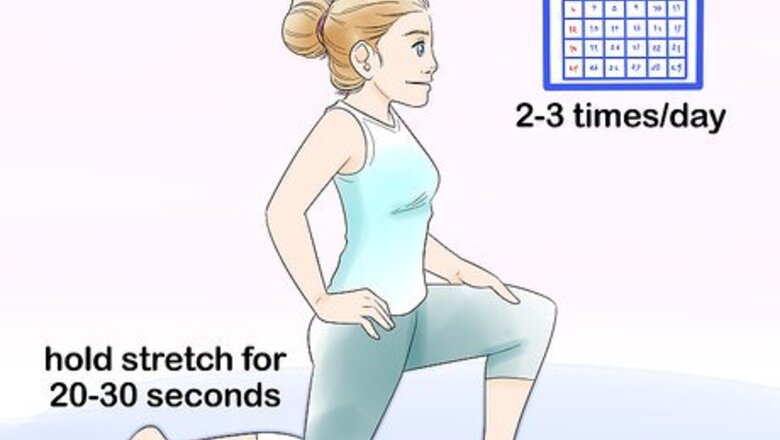
views
Trying Different Stretches
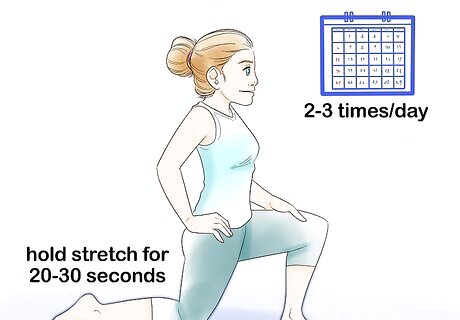
Start with a half-kneeling psoas stretch. Get in position for this stretch by kneeling on the floor on 1 leg with your knees at right angles. Keep your back straight and your tailbone tucked under as you squeeze your glutes and shift your hips forward until you feel a stretch. Hold the stretch for 20 to 30 seconds, breathing deeply. Then switch legs and repeat. To treat a tight psoas, do this stretch 2 to 3 times a day. Try pressing your hands into a wall or down into a bench. That will help you keep your back straight and your tailbone tucked.
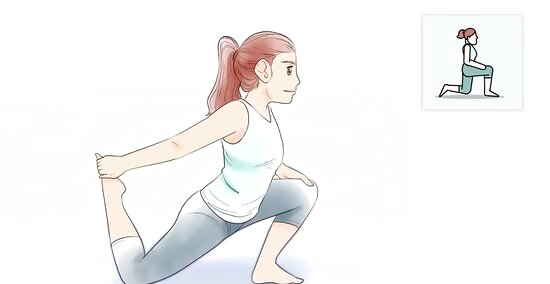
Combine the psoas stretch with a quadriceps stretch. Your glutes and quads help support your psoas muscles and give them additional strength. To stretch these muscles as well, reach back and lift the foot of your back leg towards your buttocks when you are doing the half-kneeling psoas stretch.
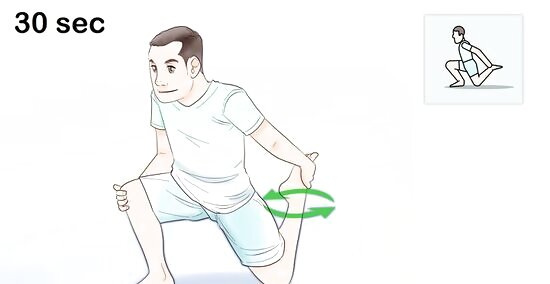
Use internal rotation to stretch the entire psoas. The simple act of internally rotating your back leg while doing the half-kneeling psoas stretch more effectively works your entire psoas muscle. To use this modification, move the foot of your back leg over toward the other side of your body. Your back leg should be diagonal behind you rather than straight back. This will cause your leg to turn inward. Hold the stretch for 30 seconds, then switch to the other side.
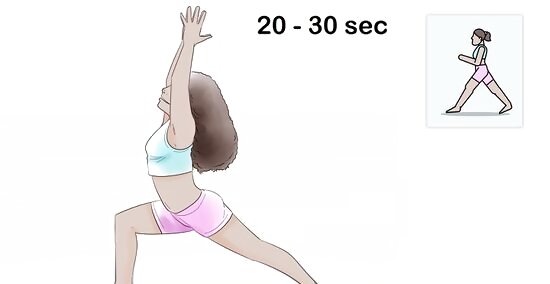
Isolate your psoas with warrior I pose. Step up to an open doorway so that your right side is just behind the door jamb. Step through the doorway with your left leg and extend your right leg behind you, keeping your heel off the floor. Extend your arms overhead, pressing your palms against the wall. Press your hips forward until your front knee is bent at roughly a right angle. Hold the pose for 20 to 30 seconds, breathing deeply, then switch and do the other side. Modifying the warrior I pose by using a doorway for support makes this pose easier for beginners. Even if you're an experienced yoga practitioner, this modification will still isolate your psoas to target your stretch.
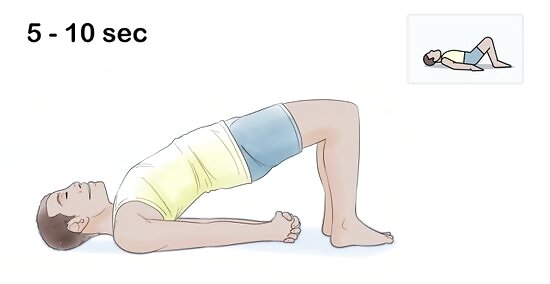
Fully extend your psoas muscles with bridge pose. Lie on your back on the floor with your knees bent and your feet flat on the floor about hip-width apart. Pull your heels close in toward your buttocks. Extend your arms along your sides, palms open up towards the sky. Lift your hips so that your body forms a bridge. Tighten your core and breathe deeply. Hold the pose for 5 to 10 seconds, then slowly lower yourself to the floor. As you continue to practice, gradually add a few seconds to the time you hold the pose. Back-bending poses such as the bridge require you to fully extend your hips. This pose also stretches both of your psoas muscles simultaneously.
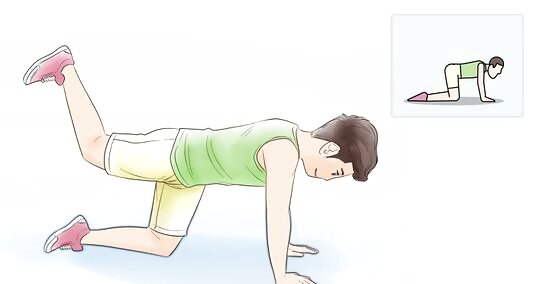
Include hip-extension exercise in your workout. Exercises such as cycling and running put a lot of strain on your hip flexors. Balance these activities with exercises such as skating or cross-country skiing, which also have a hip-extension effect. If you work out at a gym, supplement the treadmill or stationary bicycle with a cross-training or elliptical machine.
Strengthening Your Psoas Muscles
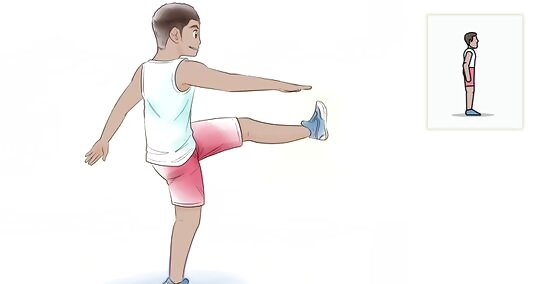
Warm up with Frankensteins. Stand straight, shoulders back. Make sure you have plenty of room to walk forward several paces. Extend your arms straight out in front of you. With each step you take forward, extend your leg straight out and try to raise it as high as you can. Then lower your leg and extend your other leg forward. Take approximately 10 paces forward, then turn and take 10 paces back to the place where you started. Try to keep your back straight. If your psoas and hamstrings muscles are tight, you'll notice that your back will hunch forward. This exercise gets its name from the fact that you lumber forward like Frankenstein's monster. The exercise helps warm up all the muscles in your lower body while also working your psoas muscles.
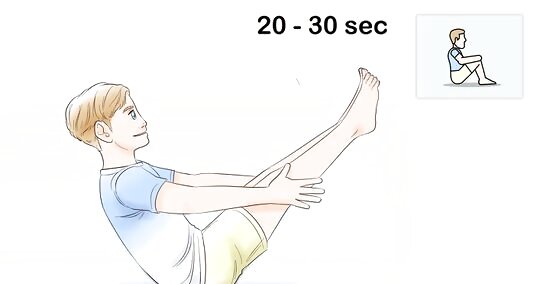
Contract your psoas in boat pose. To get in position for this pose, sit tall on the floor with your knees bent and your feet flat on the floor. Extend your arms to grasp your shins. Lean back until your elbows are straight, keeping your back flat. When your arms are straight, release your shins so that your hands are extended by your sides. Hold the pose for 20 to 30 seconds, breathing deeply. To do the full version of the pose, extend your feet upwards so that your legs are straight. Your legs and torso form a "V" shape, with your arms extended as they were in the modified version of the pose. Hold the pose for 10 to 15 seconds to start, and gradually add an additional 5 seconds to your time. The boat pose helps strengthen your psoas, while also building your back and core and improving your balance.
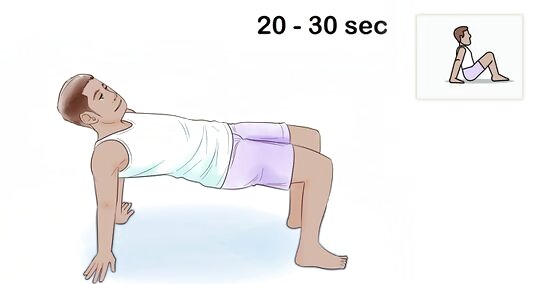
Transition to reverse planks. From a seated position, place your hands on the floor behind you with your fingers pointed towards your feet. Lift your pelvis using your glutes and hamstrings until your arms are extended and your knees are at right angles. To start, practice holding this position for 20 to 30 seconds. Once you feel comfortable in this position, you can go to the full reverse plank position. Extend your legs forward, keeping your shoulders rolled back and your arms stable. Hold this position for 30 seconds to a minute.
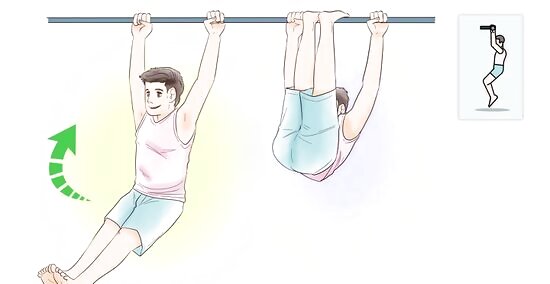
Build your psoas with hanging leg lifts. Hang from a chin-up or pull-up bar, then flex your hips and legs upward to crunch your legs up towards your torso. Keep your body as still as possible, using the strength in your core rather than swinging to build momentum. Start with 5 to 10 repetitions of this exercise. Gradually add more reps as you gain strength in your psoas and surrounding core muscles. The bar should be high enough that you can hang off of it with your arms fully extended and your feet off the floor. If you don’t have a chin-up bar, sit on a chair and lift your thighs off the chair seat. Try it with your legs bent for an easier version, or with your legs straight for a more challenging exercise. Hold the pose for 10-15 seconds, then lower your legs and repeat.
Testing and Protecting Your Psoas Muscles
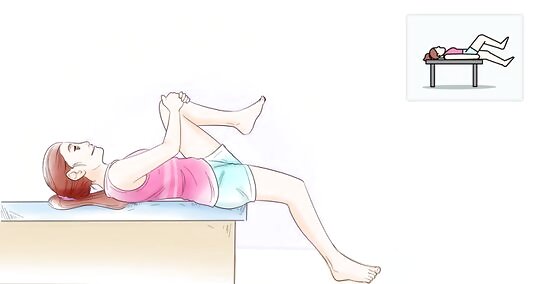
Evaluate your psoas flexibility with the Thomas test. Lay on your back on a bench or table. Scoot down to the edge of the table and hug your knees to your chest. Keeping your back flat against the table, extend one leg in the air and try to lower it off the edge of the table. If you have a tight psoas, you won't be able to lower your leg all the way. You may also find yourself arching your lower back to compensate. It isn't uncommon to find that the psoas muscle on 1 side of your body is tighter than the other. If you have an imbalance, work 1 side more than the other until the 2 sides are relatively equal.
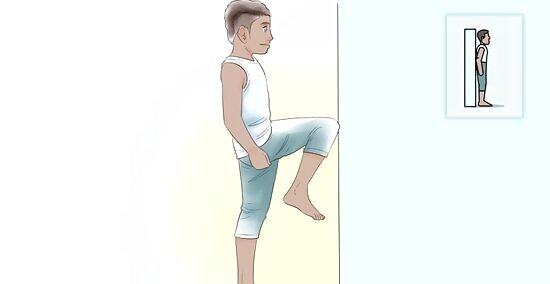
Test the strength of your psoas muscles. Stand against a wall and bend 1 knee to raise your leg. Use the wall for balance, and lift your knee until it is above hip level. Try to hold this pose for 30 seconds. This also tests the strength of supporting muscles, including the gluteal muscles. Do the test on both sides. The psoas is a relatively strong muscle on its own. You don't necessarily need to strengthen it just because it's tight. If you can hold this pose for 30 seconds, your psoas muscles aren't weak. However, if you have a hard time holding the pose for 30 seconds on either side, you may benefit from hip flexor exercises that strengthen your psoas muscles.
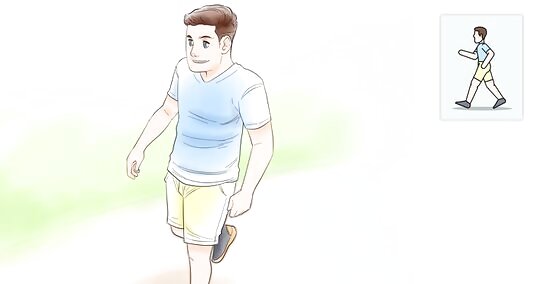
Take breaks when sitting for extended periods. Sitting in a car or at a desk for hours on end can cause tight and shortened psoas muscles. If you sit on a regular basis, your psoas muscles will weaken over time. If you sit at a computer at work, simply take a break to stand up and walk around a bit every hour or so. You might also consider getting a convertible or standing desk, so that you're not sitting for extended periods of time. If you're on a long car trip, pull over every couple of hours so you can stand, walk, and stretch your legs and hips.




















Comments
0 comment